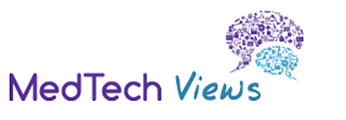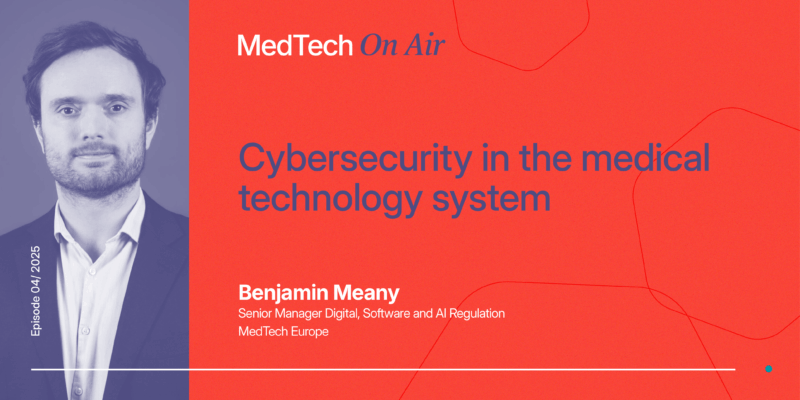
Understanding Europe’s emerging AI initiatives and their implications for medtech and care institutions

Artificial intelligence (AI) is no longer a distant promise. Across Europe, new initiatives are emerging to accelerate its adoption across various sectors, including public administration, industrial operations, and healthcare. These efforts indicate that AI is expected to play a significant role in enhancing Europe’s competitiveness and readiness.
For the medical technology industry, the implications are twofold. They influence how companies operate internally and how their products are developed, deployed, and adopted in the healthcare sector.
How companies will operate
European initiatives such as the recent encourage organisations to integrate AI into their internal processes to improve productivity and reduce operational costs. This may include functions such as human resources, planning, accounting, and other administrative areas. While the precise mechanisms are not yet defined, the direction is clear: AI should become a standard tool to enhance efficiency and support better decision-making across sectors.
Impact on healthcare and medical technology sector
These initiatives also aim to support the public sector, including healthcare, by promoting the use of AI to improve service delivery and support evidence-based decision-making. Hospitals and healthcare professionals will be encouraged to explore AI to optimise both clinical and operational workflows. This evolution will naturally increase demand for AI-enabled technologies developed by medical technology companies.
In parallel, the implementation of the AI Act Regulation 2024/1689 will play a decisive role in shaping how AI is deployed in healthcare. The Act’s risk-based framework will define the requirements for high-risk systems, including AI-enabled medical technologies, and its coherence with existing sectoral legislation (In Vitro Diagnostics Medical Devices Regulation 2017/746 (IVDR) and Medical Devices Regulation 2017/745 (MDR)) will be key to ensuring that innovation can safely reach patients and healthcare providers.
As the Chairman of a Belgian hospital, I see firsthand how real healthcare challenges affect daily operations and how AI can offer real, tangible solutions. Whether it is in patient flow management, diagnostic support, or predictive maintenance of medical equipment, AI can make processes more efficient and effective, allowing hospital management to create room for further cost control and new investment opportunities. So in the end, clinicians can focus on what matters most: patient care.
In other words, the most tangible impact for the medical technology industry may come indirectly, through growing demand on the healthcare side. As healthcare systems need to invest in AI to enhance efficiency and quality of care, opportunities will expand for technologies that enable and sustain this progress.
The elephant in the room
A proportionate and workable regulatory framework will be essential to ensure that AI-enabled medical technologies are safe, effective, and trustworthy, while avoiding unnecessary duplication and delays in reaching patients, healthcare professionals and care institutions. Building on existing sectoral legislation, such a framework should provide clear guidance for manufacturers, healthcare providers, and authorities, and support innovation that delivers both patient safety and more effective clinical outcomes. In doing so, it will support consistent implementation across Europe and foster confidence in AI-driven solutions for both providers and patients.
As Europe moves from strategy to implementation, one of the key challenges will be how new rules interact with existing ones. A coherent implementation of the AI Act will be crucial to make the system work in practice. Today, AI-enabled medical technologies can fall under two separate sets of checks, one under the AI Act and another under IVDR/MDR, each involving different authorities and notified bodies. Bringing these assessments together into a single, integrated process under the IVDR and MDR would avoid duplication, speed up access, and make sure that all key aspects, from safety and performance to cybersecurity, are reviewed in one place. This would make legislation clearer for manufacturers and authorities, and, most importantly, help new technologies reach patients faster while maintaining high standards of safety and trust.
Looking ahead
Europe’s AI initiatives are laying the groundwork for a more data-driven and interconnected future. For medical technology companies, the opportunity lies in anticipating this shift by embedding AI within their own operations and by developing solutions that empower healthcare systems to do the same.
AI will not transform healthcare overnight. Yet every effort to integrate it more deeply into Europe’s economic and clinical fabric brings us closer to a brighter, more efficient, and more human-centred health ecosystem.










